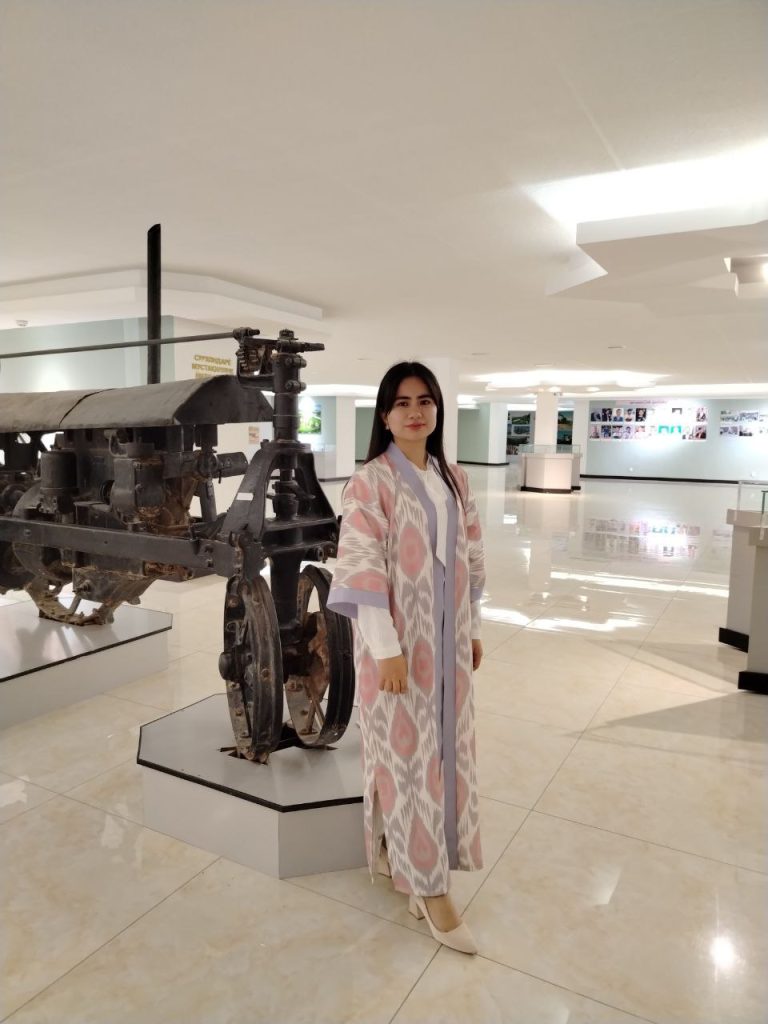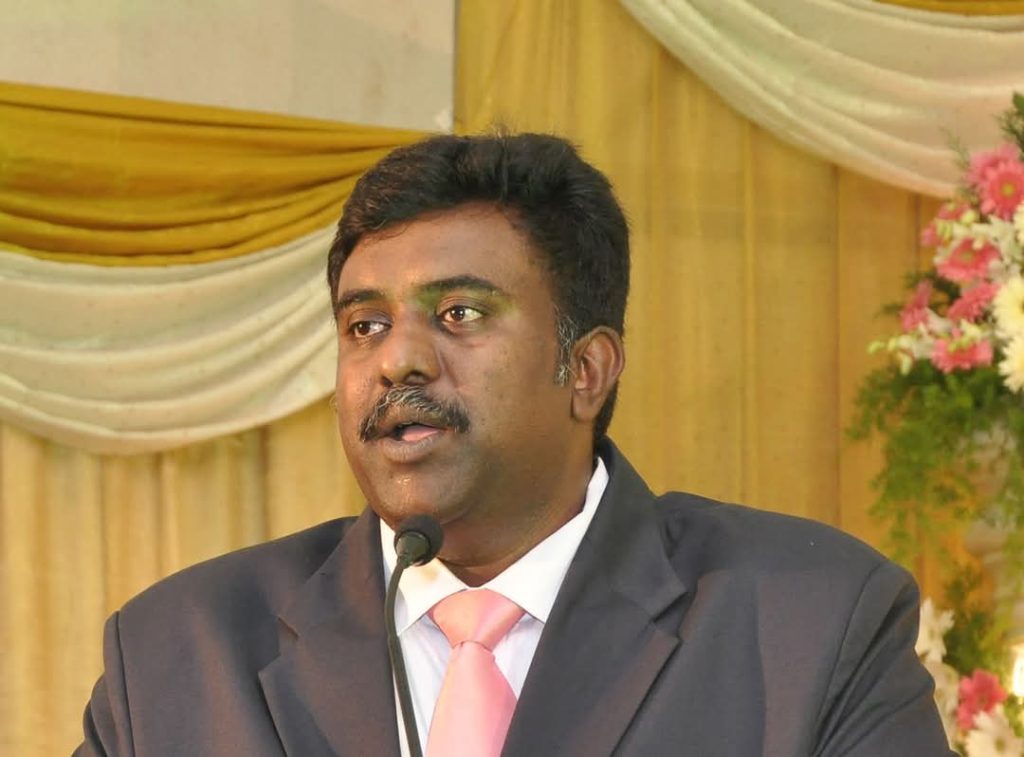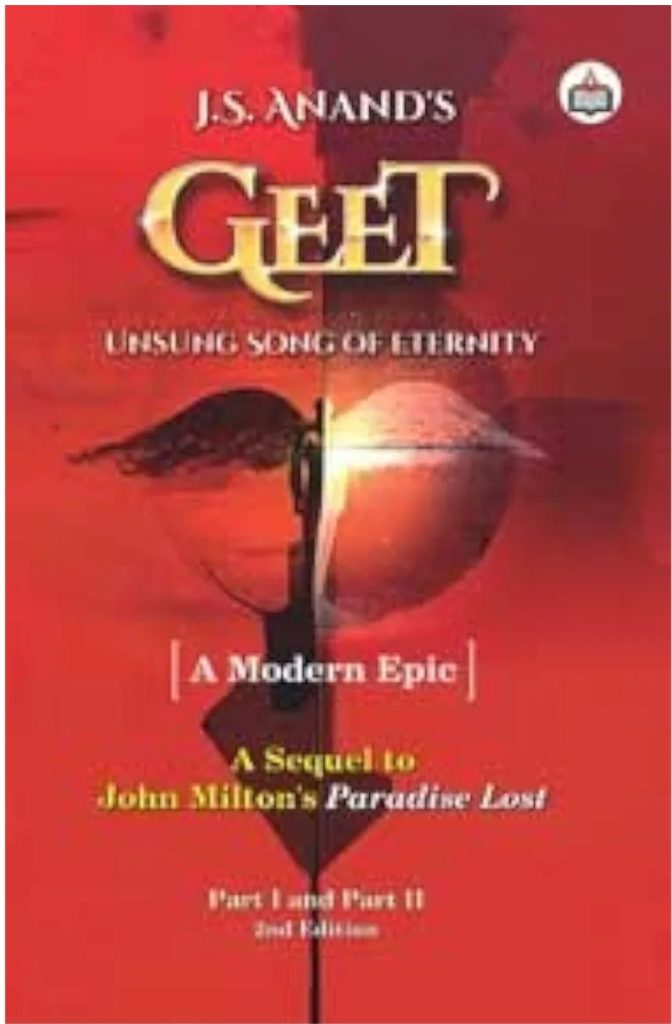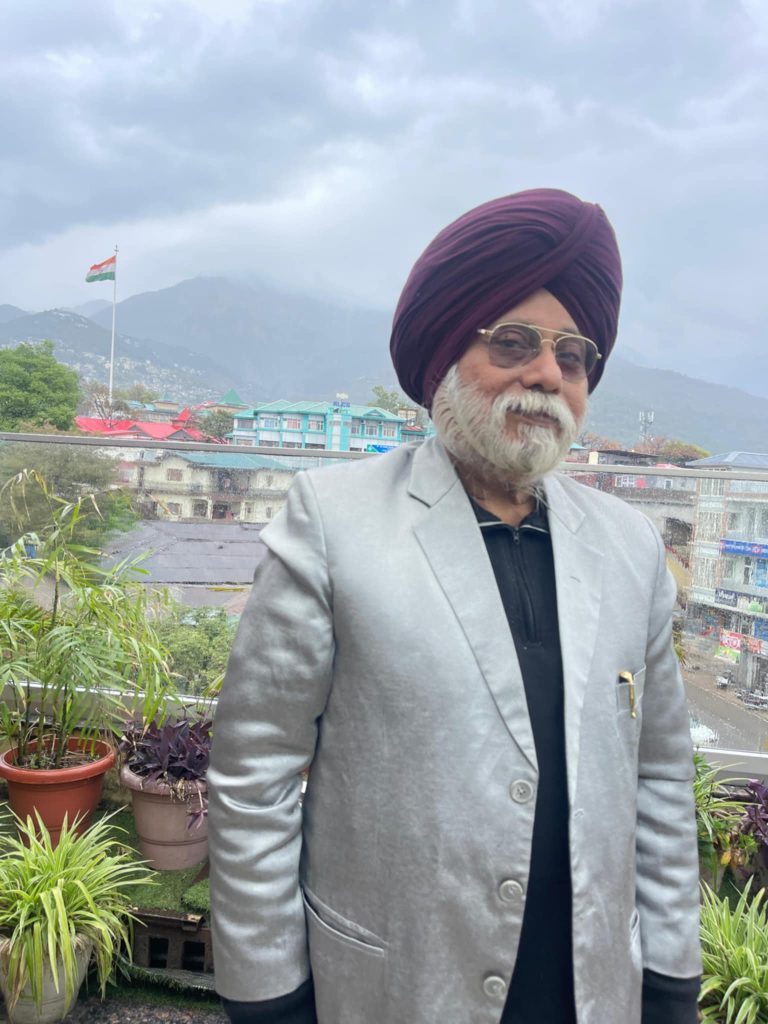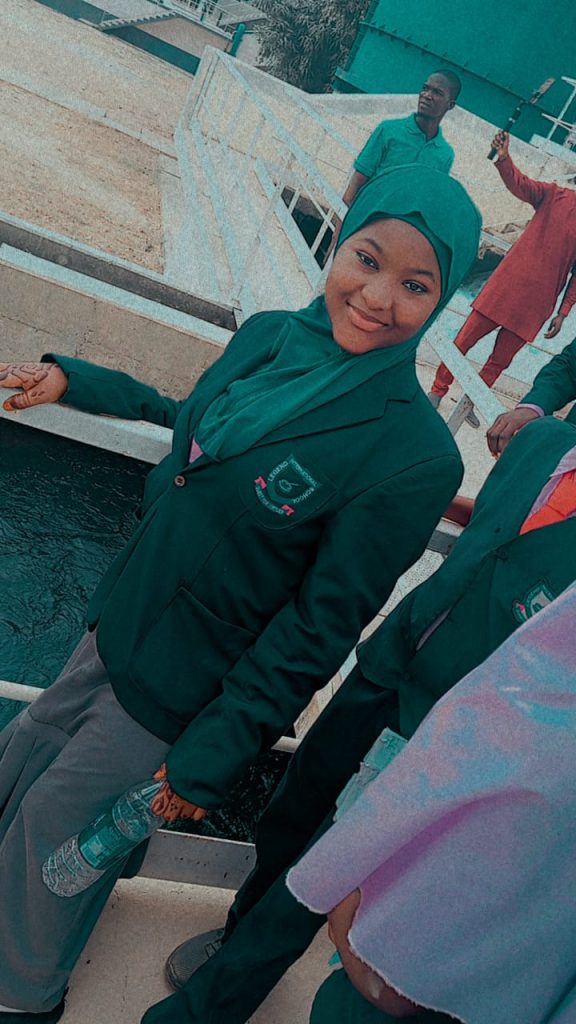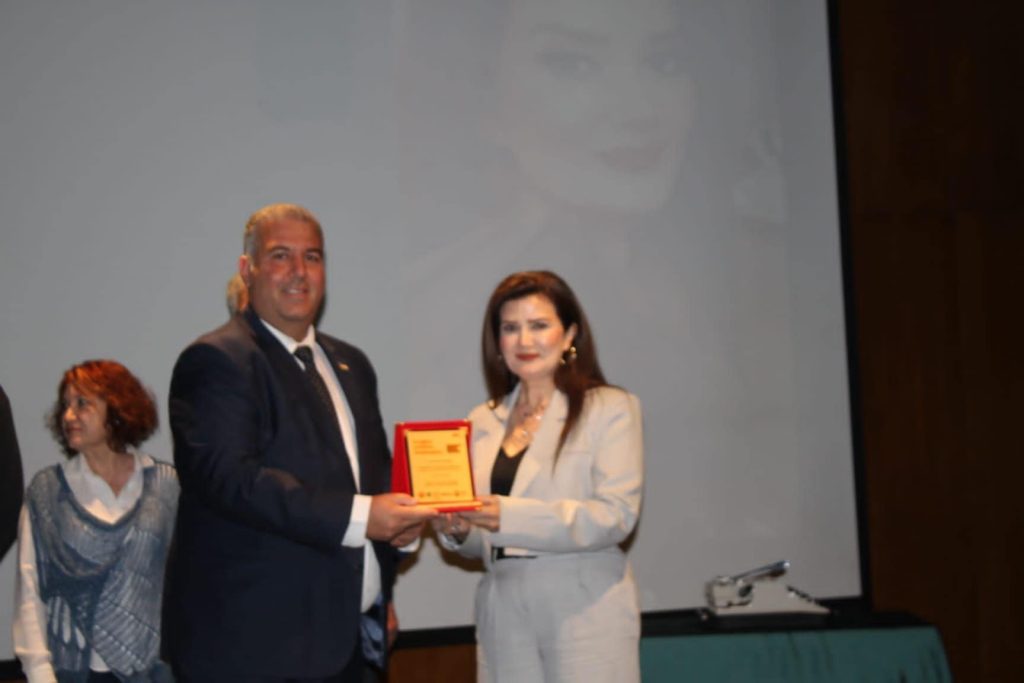
POETRY WIND IN ADANA – AZERBAIJAN POET
TARANE TURAN RAHIMLI PARTICIPATED IN THE INTERNATIONAL CUKUROVA POETRY DAYS.
On the date when poetry day is celebrated all over the world, the Turkic world experienced a double holiday joy and celebrated Nawruz holiday and World Poetry Day together. On this significant date, the winds of poetry blew in Adana, which is considered the ancient Turkish land and the oldest literary monument of the Turkic peoples, and is mentioned in the epic “Bilgamys”. The fact that world poets came together in Adana to celebrate the poetry holiday once again declared the victory of culture over all values.
Azerbaijani poet, literary critic, doctor of philology, associate professor Tarana Turan Rahimli participated in the 1st International Cukurova Poetry Days event dedicated to World Poetry Day held at Cukurova University in Adana, Turkey on March 20-21.
Speaking at the opening of the event, Deputy Dean of the Faculty of Literature Assoc. Prof. Dr. Bilge Kargagöllü emphasized that poetry is a force that unites cultures. He noted that the World Poetry Days, the first of which was held at Cukurova University, bring together hearts full of poetry and will have a serious impact on national literature, university life, and the spiritual education of students. Assoc. Prof. Dr. Bilge Karga Gollu congratulated the poets, literary critics, scholars, and poetry lovers participating in the event on the occasion of World Poetry Day.
At the “International Cukurova Poetry Days” event organized for the first time this year in cooperation with Adana Metropolitan Municipality, Cukurova University and Altın Koza, poet Shirin Zaferyıldızı Zaimagaoglu, Head of the Culture Department of the Turkish Republic of Northern Cyprus, made a speech and drew attention to the fact that poetry is a force that “improves and unites hearts”. She addressed the hall with the slogan “In these days when our hope of creating a world like poetry is decreasing, be like poetry, raise your children with poetry, do not be left without poetry” and read her poems.
Dean of the Faculty of Arts and Sciences Prof. Dr. Faruk Karadag, despite being a physicist by profession, aroused special sympathy among the participants of the event with his love for poetry, sensitivity to the art of words, as well as his excellent speech as a man of letters. The Dean of the Faculty noted that such literary events will leave a deep mark in the memory of young students and will contribute to the scientific and literary cultural life of the university.
The first event of the 1st International Cukurova Poetry Days, which began on Thursday, March 20 at the Cukurova University Congress Center, featured scientific lectures dedicated to Ashıg Veysel, musical works, and folk art exhibits. Stands featuring the works of poets invited to the event from various countries were also set up, and they signed their books for readers at their stands.
The first day of the 1st International Cukurova Poetry Days was entirely dedicated to folk poetry. On the second day, traditional and modern poetry was demonstrated at the Mithat Ozsan Amphitheater of Cukurova University on March 21, World Poetry Day. At the 1st International Cukurova Poetry Days event, attended by scholars, poets, and ashiqs from various countries, poet, literary critic, and doctor of philological sciences Tarana Turan Rahimli spoke and read her poems at the poetry days held under the title “Traditional and Modern Poetry” on the occasion of March 21, World Poetry Day. She noted in her speech: “There is a saying that beauty will save the world. In my opinion, the highest beauty is poetry, because it can deeply affect the human heart and soul, touch the most delicate strings of our hearts, and renew consciousness. Therefore, poetry will save the world. Literary friendships will strengthen the friendship of peoples and lead humanity to the path of peace. Poetry has just such a power.”
Tarana Turan Rahimli’s poems, written with the excitement of victory brought by the 44-day Patriotic War, as well as those on the subject of Turkism and Turanism, were met with love and sympathy from the audience. The sad and sorrowful verses of the poem “Today is the tenth day” about the February 6 earthquake, which is considered the tragedy of the century and devastated cities in Turkey, evoked deep emotions as a clear example of the unity of the two peoples in good and bad, and the brotherhood of Azerbaijan and Turkey. Turkish poet and researcher, Prof. Dr. Metin Turan, added a special color to the event with his report on “Anatolian folk poetry today”, literary talks and poems.
Prof. Dr. Salahaddin Bekki, Prof. Dr. Refiye Okushluk Shenesen, Assoc. Prof. Dr. Esra Tarhan, Assoc. Prof. Dr. İsmail Shenesen, Assoc. Prof. Dr. Ayhan Karakash, Dr. Zekiye Chagimlar made interesting scientific presentations at the panel titled “Following the Tradition of Ashıg Poetry”.
Ashıg Madani Karataş and Ozan Dertli Polat’s exchanges were met with loud applause from the audience. Shentürk İyidogan, who brought Ashıg Veysel’s saz to the stage and expressed it with love and artistic responsibility, and gave the sacred trust in his hands with his performance, amazed the participants.
Poet and translator Aytekin Karacachoban attracted the attention of the participants with her deeply philosophically meaningful poems and artistic translations from French. French poets and translators Sylwain Cavailies and Claire Lajus recited their poems in both French and Turkish. Claire Lajus, a teacher at Istanbul University, highlighted her influence on the lives of Turkish youth with her research and pedagogical activities, while Sylwian Cavailies highlighted her contributions to the turbulent life of Turkey with her translations. The clear and clear speech of both French poets in Turkish was met with special appreciation. Well-known poets Nisa Leyla, Demet Duyuler, Taner Cindoruk, Haydar Unal, Bilge Karga, Seval Arslan, Duran Aydın, Bahar Faris, Ayfer Karakaş, İlhan Kemal, M.Demirel Bahacanoglu, Mustafa Ozke, Durmus Ali Ozkale, Neslihan Daglı, Ruhan Mavruk, Hulya Bashak Ekmekçi recited their poems. At the end of the event, plaques and letters of appreciation were presented to the participants.
Within the scope of the event, the participants who toured the Çukurova University campus and were amazed by the mysterious view of the Seyhan water basin also visited the Faculty of Arts and Sciences. Prof. Dr. Bedri Aydogan, Prof. Dr. Ayshehan Deniz Abıga, and the University’s Administrative Affairs Director Demet Duyuler hosted the poets in their rooms, which are striking with their rich library and reminiscent of a museum with their ancient national objects. The Poetry Days ended with a closing banquet and a city tour. The 1st International Cukurova Poetry Days, which took place in Adana and successfully completed its work, left a deep mark in the memory of the participants.

